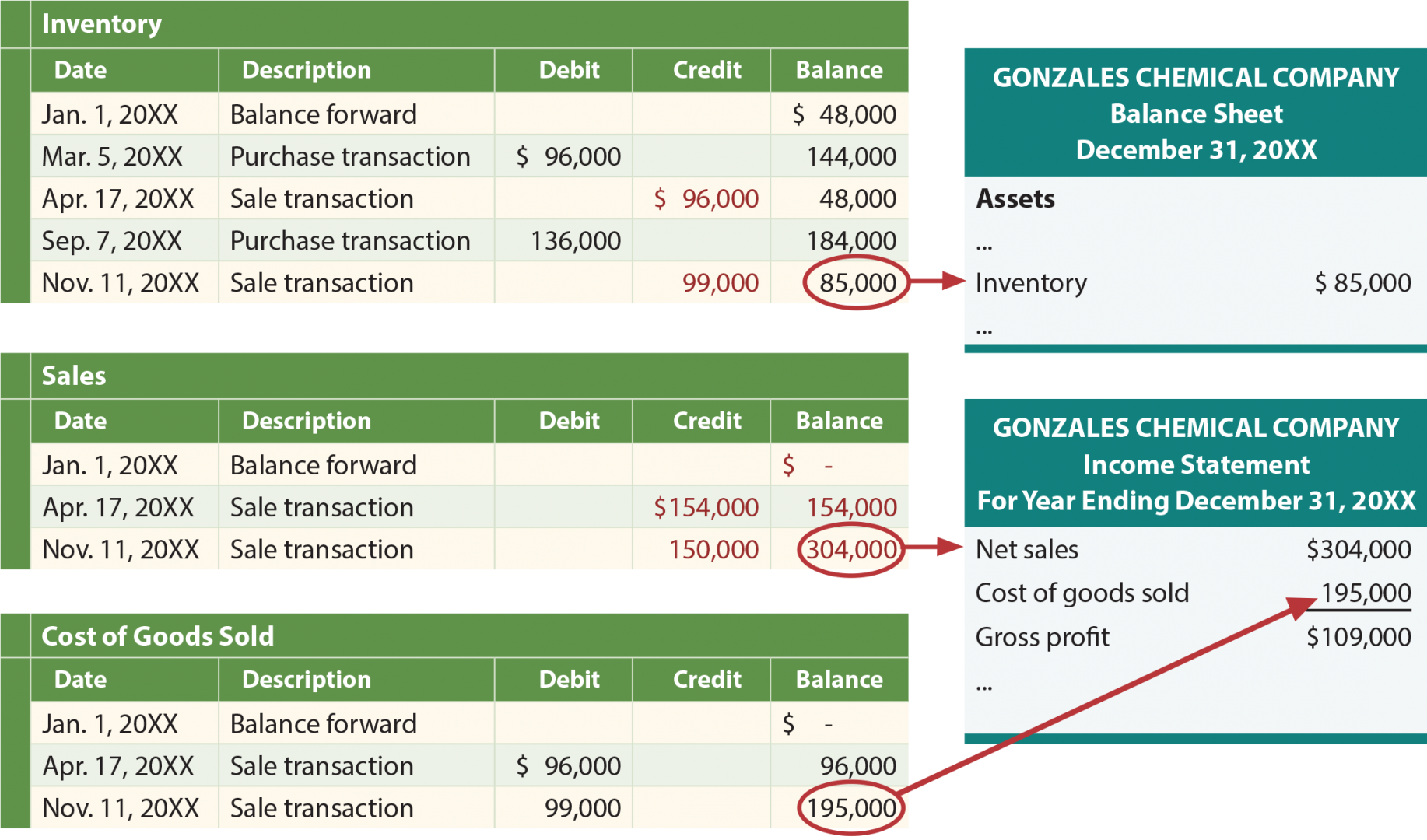What Is The LIFO Method? Definition & Examples
With each sale, the software also updates the COGS account with a debit. The real value of perpetual inventory software comes from its ability to integrate with other business systems. For instance, real-time inventory information is vital for the financial and accounting teams. Inventory can make up a large part of your stated assets, so integrating inventory management with financial systems helps ensure accurate tax and regulatory reporting. When using the perpetual inventory system, the general ledger account Inventory is constantly (or perpetually) changing. For example, when a retailer purchases merchandise, the retailer debits its Inventory account for the cost.
How Is Inventory Tracked Under a Perpetual Inventory System?
- Normally, no significant adjustments are needed at the end of the period (before financial statements are prepared) since the inventory balance is maintained to continually parallel actual counts.
- The latter is more cost-efficient, while the former takes more time and money to execute.
- In contrast, using the FIFO method, the $100 widgets are sold first, followed by the $200 widgets.
- The FIFO (First-In, First-Out) method in a perpetual inventory system has several advantages and disadvantages.
For companies under a periodic system, this means that the inventory account and COGS figures are not necessarily very fresh or accurate. Under last-in, first-out (LIFO) method, the costs are charged against revenues in reverse chronological order i.e., the last costs incurred are first costs expensed. In other words, it assumes that the merchandise sold to customers or materials issued to factory has come from the most recent purchases.

AccountingTools
Using perpetual inventory systems can help you better manage your business. Should you opt to use this type of inventory management, you should understand the main benefits and pitfalls before switching your operations. If you want to improve your logistics operations, consider implementing a perpetual inventory system.
Description of Journal Entries for Inventory Sales, Perpetual, First-in, First-out (FIFO)
Being systematic is the key to understanding how the LIFO method works. However, the way of computation may differ if you’re using the periodic inventory vs perpetual inventory system. Petersen and Knapp allegedly participated in channel stuffing, which is the process of recognizing and recording revenue in a current period that actually will be legally earned in one or more future fiscal periods. This and small business tax information other unethical short-term accounting decisions made by Petersen and Knapp led to the bankruptcy of the company they were supposed to oversee and resulted in fraud charges from the SEC. Practicing ethical short-term decision making may have prevented both scenarios. LIFO might be a good option if you operate in the U.S. and the costs of your inventory are increasing or are likely to go up in the future.
Both systems are methods for tracking and managing stock levels in businesses; however, they differ significantly in their approach. The following cost of goods sold, inventory, and gross margin were determined from the previously-stated data, particular to perpetual, LIFO costing. Most companies use the first in, first out (FIFO) method of accounting to record their sales.
What Is the Periodic Inventory System?
As inventory is stated at outdated prices, the relevance of accounting information is reduced because of possible variance with current market price of inventory. Calculate the beginning inventory as whatever stock remains from the previous period if you do not have a true beginning inventory. The COGS in a perpetual system is rolling and recalculated after each transaction, but you can use the COGS formula to calculate it for a period. A perpetual inventory system tracks goods by updating the product database when a transaction, such as a sale or a receipt, happens. Every product is assigned a tracking code, such as a barcode or RFID code, that distinguishes it, tracks its quantity, location and any other relevant details.
These include emerging businesses, ones that offer services or companies that have low sales volume and easy-to-track inventory. Companies whose staff struggle with a perpetual system, for instance those with seasonal help, would also benefit from maintaining a periodic system. As their business grows, they can always institute perpetual inventory.
As you can see, the average cost moved from $87.50 to $88.125—this is why the perpetual average method is sometimes referred to as the moving average method. The Inventory balance is $352.50 (4 books with an average cost of $88.125 each). Each approach detailed above provides a different benefit to any given manufacturer regarding financial reporting, tax obligations, or internal planning.

